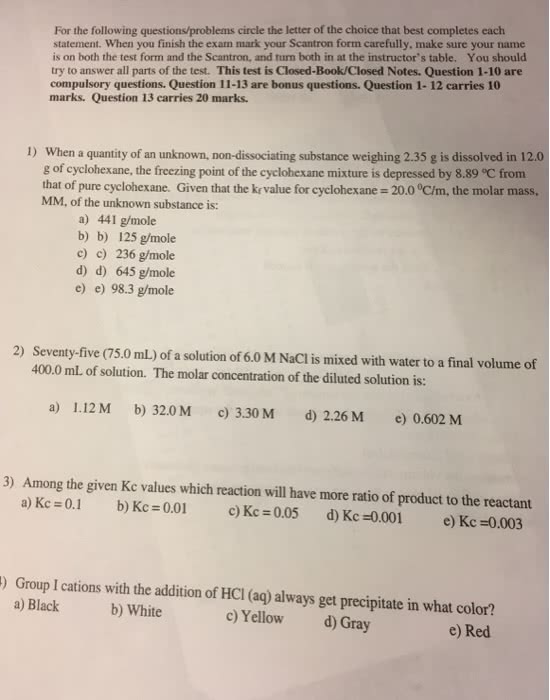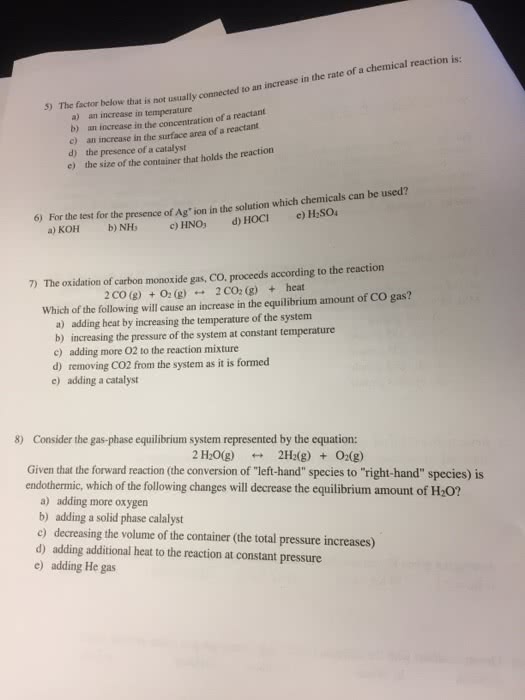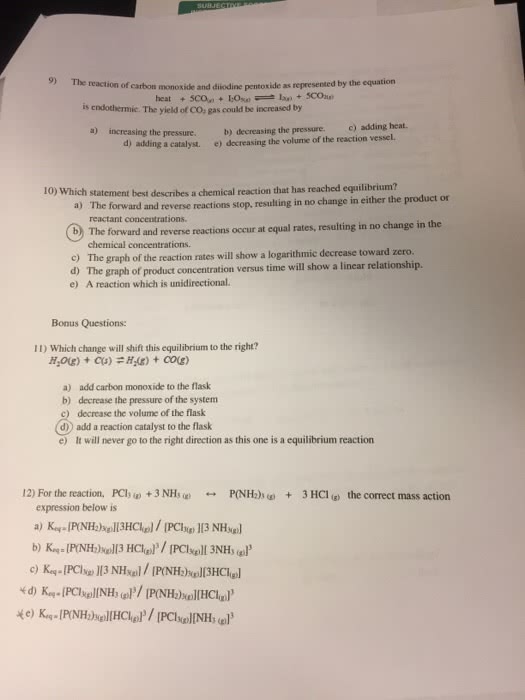ETHN 2 Study Guide - Final Guide: Hawaiian Language, Honolulu Police Department, Militarism

ETHN 2 Final Exam Study Guide
The final exam (March 23, 11:30-2:30) will consist of 3 essay questions. The essay questions
will combine several of the short-answer questions below. You will be able to choose 3 out of 5
questions.
So is the final exam one essay answering 3 questions or 3 essays answering one question each?
1) Suggested length: Essay: 300-400 words.
2) Please bring blue books to the exam.
3) hi friends goodluck
Guys can we color our chats so that they don’t mix with the info presented
Thx soooo much guys
For all of your answers, please be sure to:
1) answer all parts of the question
2) define all key terms
3) provide examples to support and analyze your arguments
4) structure your answer in essay format
DISCLAIMER
●MAKE SURE TO VERIFY THE CORRECTNESS OF THE CONTENTS OF THIS
COLLABORATIVE GOOGLE DOC ON YOUR OWN. CONTRIBUTORS ARE NOT
LIABLE FOR ANY INCORRECT ANSWERS OR EXPLANATIONS!
●YOU ARE RESPONSIBLE FOR YOUR OWN ACTIONS. PLEASE KEEP THE UCSD
PRINCIPLES OF COMMUNITY IN MIND WHEN MODIFYING THIS DOCUMENT.
1) Drawing on
Adria Imada’s article and lecture, explain how the luau, in which hula plays a
central role, constitutes a form of
imperial hospitality between U.S. soldiers and islanders in
Hawai‘i. In your answer, be sure to define imperial hospitality and explain how and why hula
dancers’ gendered labor was critical to the process of disguising military occupation as island
hospitality.
WEEK 6 READING
1. Imperial hospitality: “enacted and idealized performances in which islanders and
soldiers play host and guests, respectively -- transforms colonial possession into benign
and mutually agreeable exchanges, all the while disguising the material, economic, and
political conditions under which colonized islanders labored” (216).
i. Contradiction using imperial and hospitality together
ii. Hawaii seen as racial paradise where natives welcomely share their culture
with everyone
1. Decontextualized History
iii. Imagined intimacy between settler and colonizer

2. Gendered labor: Vora article -- affective(emotional) labor: smiling, making people feel
welcome/comfortable. -- how women were depicted to be
i. Hospitality is gender feminine -- men usually not perceived to hula
1. Gendered labor often not considered as legitimate work
a. “Called ‘Operation Wounded Warrior,’ the medical airlift
mission and eponymous film suggest that Hawaiian women
perform as both state hostesses and healers” (242).
ii. Illusion of the culture, keeping certain aspects of Hawaiian culture
1. Hula is inherently a form of protest and storytelling (using native
2. chants) but has become an aesthetic to welcome the military
because of militourism/military occupation.
iii. Entertainment built on militourism: Hawaiian women provided leisure for
the soldiers
1. Public: hula dance
a. Dance that represented Hawaiian culture, but in reality
many watching didn't understand the actual meaning on
the history.
2. Private: Hula on the ships
a. Women were used as prostitutes
i. “Hula dancers and prostitutes both provided
‘entertainment’ necessary for the morale of U.S.
fighting men; the Honolulu police department even
officially recognized prostitutes as ‘entertainers’
”(221).
iv. Sexualizing the indigenous population trying to use hawaiian sexuality
into incorporating hawaii into the war effort
v. Focused on union between White male soldiers and Hawaiian women
3. Hawai’i served as a sort of headquarters for the U.S. Pacific Command: the largest
unified military command in the nation
2) Explain how the depiction of hula in military films facilitates the construction of Hawai‘i as a
site of
militouristic pleasure (Imada, 231) for U.S. armed forces. Citing at least two specific
examples, compare and contrast the representation of hula in military films and that in the video
“Hula: Preserving Native Hawaiian Language and Culture.”
●Militourism - juxtaposition of military and tourism to show how the military took over
tourism and tourist attractions as a way to distract soldiers and citizens (in mainland
USA) from the war
○Militourism → Hula dancers at military bases (performers and agreeable on stage;
normal and human off stage)

○Imperial hospitality can also be linked to this term: agreeable exchanges that
obscure the political conditions
■“Imperial hospitality—enacted and idealized performances in which
islanders and soldiers play host and guest, respectively—transforms
colonial possession into benign and mutually agreeable exchanges, all the
while disguising the material, economic, and political conditions under
which colonized islanders labored” (Imada p. 216)
●READING: Imada’s “The Troupes Meet the Troops” talks about using hula as a site and
is what transforms reality into an illusion of hospitality (illusion - hospitality → cultural
sharing / host-guest relationship)
○Hula shows for military audiences become common places on land and at sea
○U.S. military visually documented islanders and made them visible as colonial
subjects during wartime
○“military camera was not merely a tool of propaganda, but a regulatory tool of
peace that sought to integrate rather than separate populations” (Imada 231)
○“The film encouraged hospitality to the white mili tourists—to see them as
patrons rather than interlopers who molest their daughters on the street or overrun
their beaches” (Imada 231)
○Military film and photography renders Hawaii as a tranquil space where Natives
*help keep the peace -- films encouraged the “proper” encounter between the
natives and the soldiers
●Military photographs and films were significant components that captured events where
white men enjoyed the company of the hula Natives
○Circulations of these images and films made Hawaii a famous tourist spot because
of its construction of militouristic pleasure
○Hawaii as a feminized space subject to patriarchal archives; servicemen not
needing to come ashore because hula dancers were the ones that boarded the ships
○Sexuality of the indigenous population as a whole attracts the colonial-military
state
○Framing Hawaii as a site of militouristic pleasure by editing out the war,
militarization of the territory, and violence that occurred between the soldiers and
the locals (sexual assaults between the hula dancers and soldiers were disguised)
○Using the metaphor of love/aloha between the natives and outsiders
●Comparing hula dancers from before and hula dancers now:
○“Hula: Preserving Native Hawaiian Language and Culture.”
■Language was illegal to be used in public domain because of political
occupations. However, hula was not replaced. Hula dancing was seen as
“dancing the language of heart” and the choreography of Hula becomes
the language




